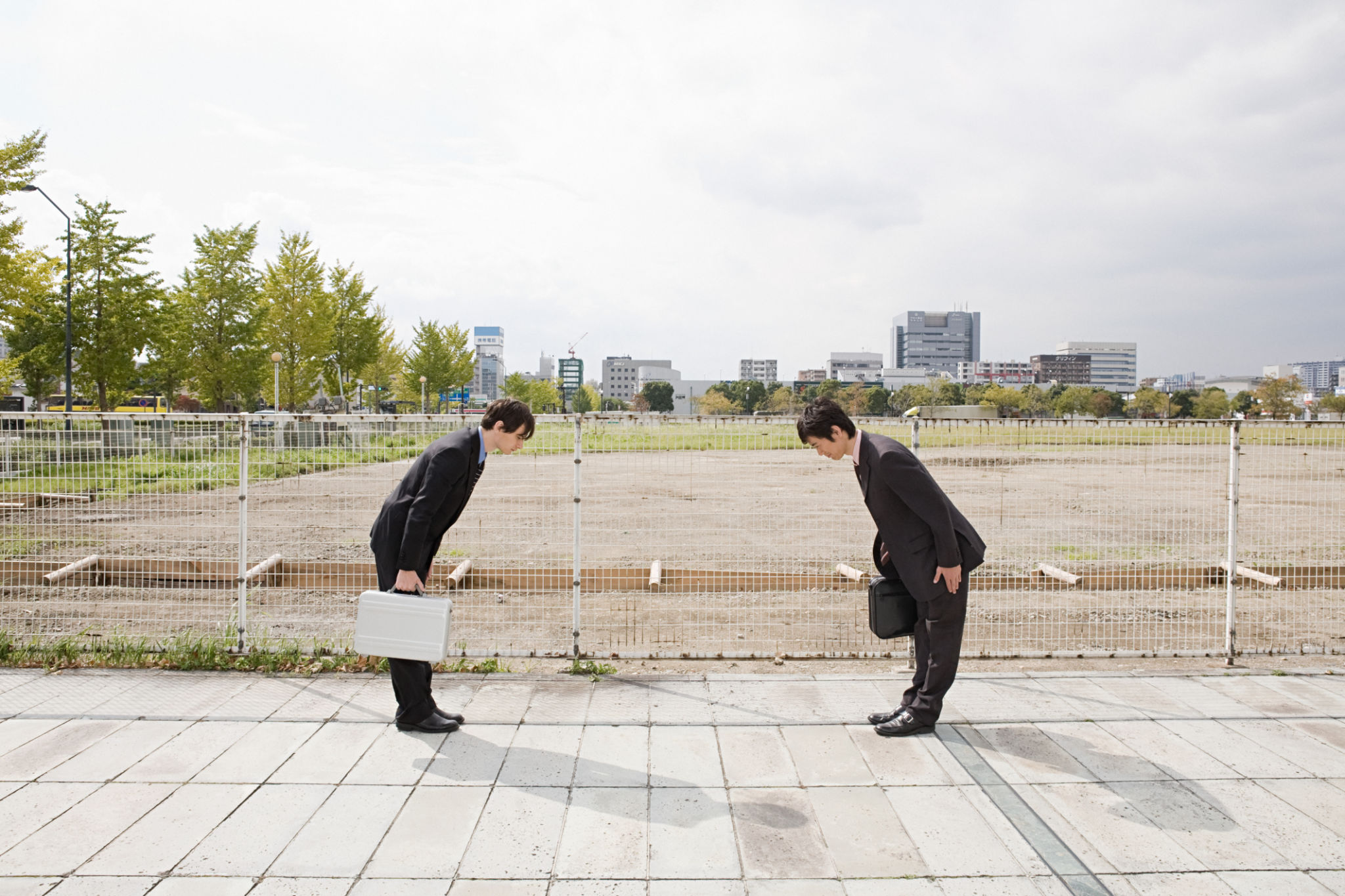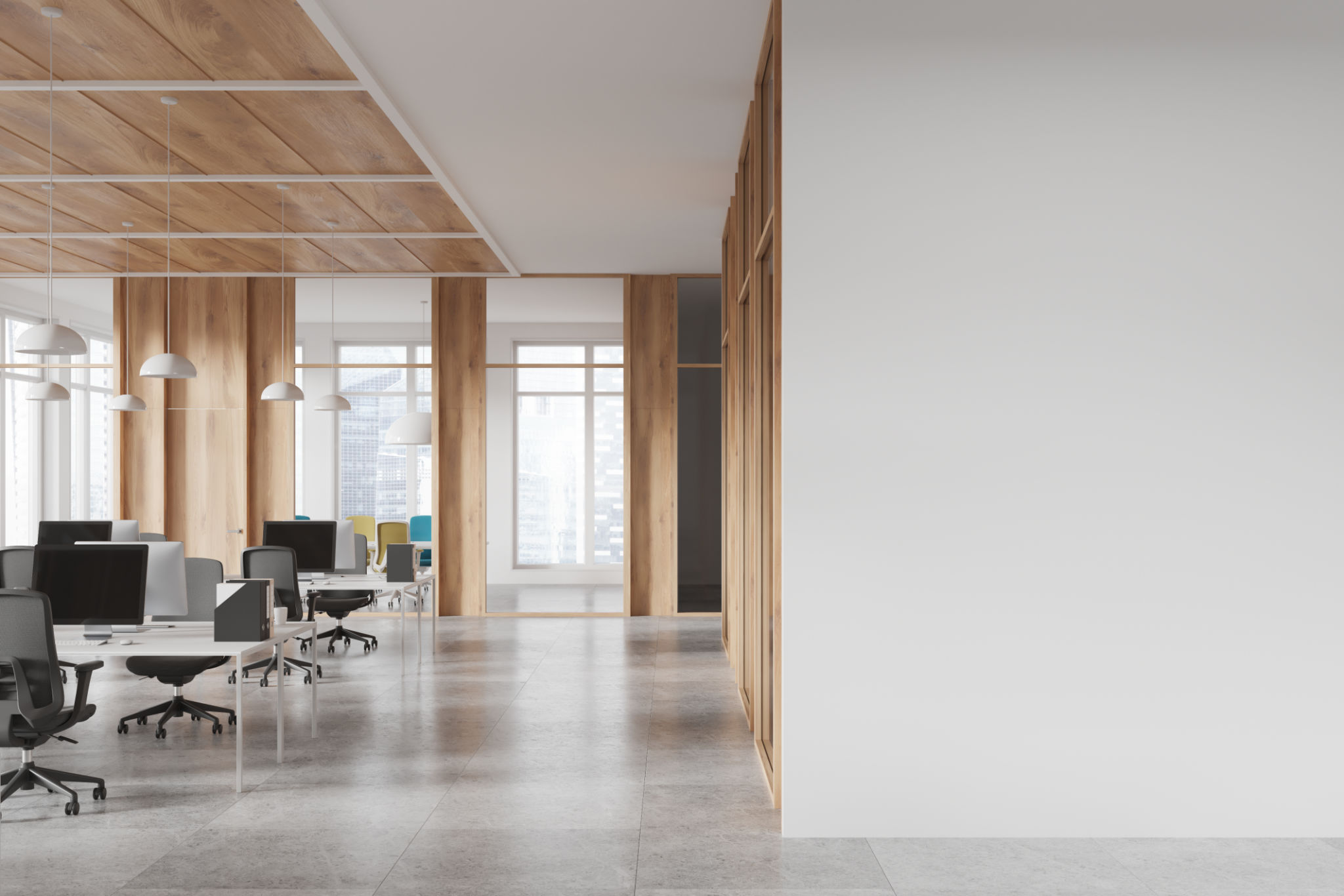Case Study: Transforming a Historic Lisboa Building into a Modern Workspace
Embracing the Past, Innovating for the Future
The transformation of a historic building in the heart of Lisboa into a modern workspace is more than just an architectural project; it is a testament to the harmonious blend of heritage and innovation. This case study illustrates the careful balancing act required to preserve the past while meeting the demands of contemporary work environments.
Lisboa's rich architectural tapestry is renowned worldwide, with its buildings telling stories of centuries gone by. This particular building, an exquisite example of 18th-century design, was originally a merchant's residence. The challenge was to maintain its historical essence while infusing it with modern functionality.

The Vision and Planning
The project began with a clear vision: to create a workspace that respects and enhances the building's historical significance. This involved meticulous planning and collaboration between architects, historians, and interior designers. The goal was to ensure every element, from the facade to the interiors, contributed to a cohesive narrative that honors the building's past.
Key aspects of the planning included preserving original features like ornate moldings, grand staircases, and vintage window frames. These elements were not only retained but highlighted as focal points within the new design. The integration of modern amenities was done subtly, ensuring that they complement rather than overshadow the building's historic character.
Overcoming Structural Challenges
Transforming an aged structure into a functional workspace presents several structural challenges. Reinforcing the building's foundation was a critical step to ensure safety and longevity. Modern engineering techniques were employed to strengthen load-bearing walls and enhance overall stability without altering the building's exterior appearance.

Another significant challenge was installing modern systems like HVAC, plumbing, and electrical wiring. These components had to be integrated seamlessly into the existing structure to maintain the aesthetic integrity of the historic building. Innovative solutions, such as using hidden conduits and advanced insulation materials, were employed to achieve this delicate balance.
Designing for Modern Work Needs
Today's workspaces demand flexibility, connectivity, and comfort. The interior design of this transformed building reflects these needs through open-plan layouts and adaptable work zones. The design encourages collaboration while providing quiet areas for focused work, catering to various styles of working that modern businesses require.
Natural light was maximized by restoring original large windows, creating a bright and inviting atmosphere. The use of glass partitions maintains an open feel while providing necessary acoustic separation. Additionally, incorporating sustainable materials and energy-efficient technologies ensures that the workspace is not only functional but also environmentally responsible.

The Impact on Community and Business
The transformation has had a positive impact on both the local community and the businesses occupying the space. For the community, it represents a successful example of preserving cultural heritage while contributing to urban revitalization. It serves as an inspiration for similar projects aiming to rejuvenate historic areas.
Businesses benefit from operating in a space that combines character with cutting-edge facilities. The unique environment fosters creativity and innovation, providing companies with a distinctive identity that sets them apart in a competitive market. This blend of old and new has proven to be a significant draw for talent and clients alike.
Lessons Learned
This case study offers valuable insights into the complexities of transforming historic buildings into modern workspaces. Key lessons include the importance of collaboration, respecting historical integrity while embracing modern needs, and utilizing innovative solutions to overcome structural challenges.
Ultimately, this project embodies how thoughtful design can breathe new life into historic structures, ensuring they remain relevant and functional for future generations. As cities continue to grow and evolve, such transformations will play a vital role in preserving cultural heritage while meeting modern demands.
